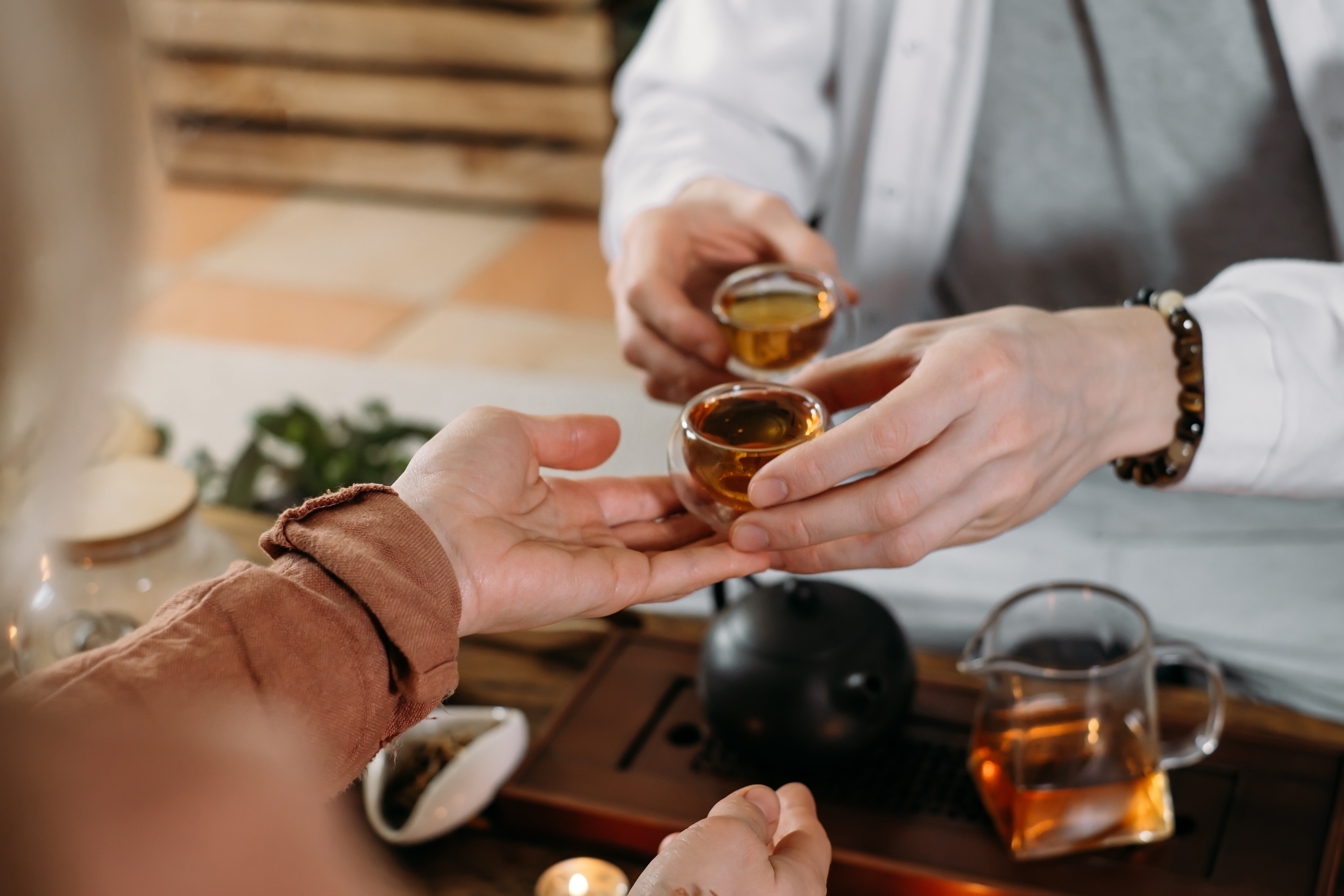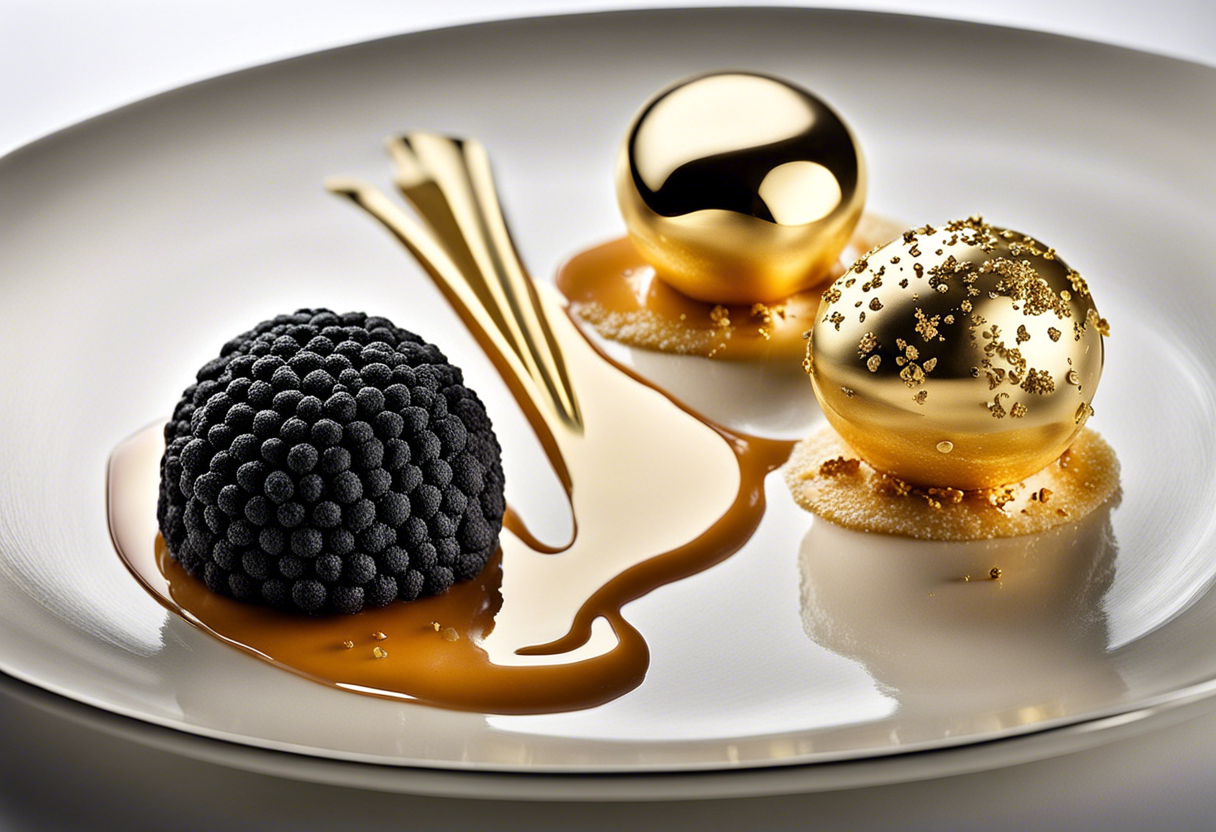Sidestepping Culinary Calamity: 15 Foods to Circumvent on Your Southeast Asian Gastronomic Adventure
Embarking on a culinary adventure through Southeast Asia is like stepping into a vibrant, aromatic world of diverse flavors. The region's cuisine is a rich tapestry woven from centuries of cultural exchange, with influences from China, India, Europe, and the Middle East. However, while there are many delectable dishes to savor, there are also some foods that might not agree with everyone's palate or digestive system. This guide will help you navigate through the gastronomic wonders and potential pitfalls of Southeast Asian cuisine, ensuring that your culinary journey is as enjoyable as possible.
Durian: The King of Fruits

Known as the 'King of Fruits,' durian is a divisive food item that people either love or hate. Its potent smell, described as a mix of rotten onions and raw sewage, has led to it being banned in many hotels and public transportation across Southeast Asia. However, its creamy, custard-like flesh has a unique, complex flavor that some find irresistible. If you're not a fan of strong odors, it might be best to give this fruit a wide berth.
Century Eggs: A Test of Time

Century eggs, also known as hundred-year eggs, are a Chinese delicacy made by preserving duck, chicken, or quail eggs in a mixture of clay, ash, salt, quicklime, and rice hulls for several weeks or months. The result is a jelly-like egg with a strong, pungent odor. While they are a beloved comfort food for many, their distinctive smell and appearance can be off-putting for the uninitiated.
Balut: Embryonic Delight

Balut, a common street food in the Philippines, is a fertilized duck egg with a nearly-developed embryo inside. It's usually boiled and eaten directly from the shell. The thought of eating a semi-developed duckling can be quite unsettling for many, making Balut one of the foods to potentially avoid in Southeast Asia.
Stinky Tofu: A Smelly Affair

Stinky tofu, a popular snack in Taiwan, gets its name from the strong odor it emits due to its fermentation process. This dish is commonly served deep-fried at night markets, accompanied by pickled vegetables. While it's a beloved delicacy for locals, its powerful smell can be too much for some visitors to handle.
Petai: The Stinky Bean

Petai, also known as stink bean, is a green, flat edible bean that's often added to curries and stir-fries in Malaysia and Indonesia. Despite its health benefits, its strong smell, which can linger in the breath and body, makes it a food that some might want to avoid.
Dog Meat: A Controversial Delicacy

Dog meat, while not commonly consumed across all of Southeast Asia, is a part of the culinary tradition in some parts of Vietnam and China. However, due to ethical reasons and the risk of diseases like rabies, travelers might want to avoid this controversial delicacy.
Insects: Crunchy Snacks

Insects like crickets, silkworms, and scorpions are often deep-fried and served as snacks in countries like Thailand and Cambodia. While they are rich in protein and sustainable, the idea of munching on bugs might not sit well with everyone.
Snake Wine: A Potent Brew

Snake wine, a traditional Chinese alcoholic beverage, is made by infusing whole snakes in rice wine or grain alcohol. Believed to have medicinal properties, this potent brew can be quite unsettling for those with ophiophobia (fear of snakes).
Bird's Nest Soup: An Expensive Delicacy

Bird's Nest Soup, made from the edible nests of swiftlets, is considered a delicacy in Chinese cuisine. However, due to its high price, potential health risks, and ethical concerns regarding the harvesting of the nests, it's another food to consider avoiding.
Raw Prawn Salad: A Risky Delight

Raw prawn salad, or Goong Ten in Thailand, is a dish made of live, dancing prawns. While it's a unique culinary experience, there's a risk of parasitic infection from consuming raw seafood, making it a food to be cautious of.
Fugu: The Deadly Blowfish

While Fugu is more associated with Japanese cuisine, it's also found in some parts of Southeast Asia. This pufferfish contains a deadly toxin, and if not prepared correctly, it can be fatal. Therefore, it's best to avoid this risky dish.
Betel Nut: A Cultural Chew

Betel nut, or Areca nut, is often chewed with betel leaf for its stimulating effects in many Asian countries. However, its continued use can lead to oral cancer and other health problems, making it a food item to avoid.
Shark Fin Soup: An Unsustainable Choice

Shark fin soup, a symbol of status in Chinese cuisine, has been criticized for its contribution to the decline of shark populations and its potential health risks due to high mercury levels. It's recommended to avoid this unsustainable dish.
Moonshine Liquor: A Dangerous Drink

Moonshine liquor, or homemade alcohol, is common in rural areas of Southeast Asia. However, improper distillation can lead to the production of methanol, a toxic substance that can cause blindness or death.
Southeast Asia's cuisine is a fascinating blend of flavors, textures, and ingredients. While it's worthwhile to be adventurous and try new foods, it's also important to be aware of potential risks and ethical concerns. By navigating your culinary journey with care, you can indulge in the region's gastronomic delights without any calamities.








